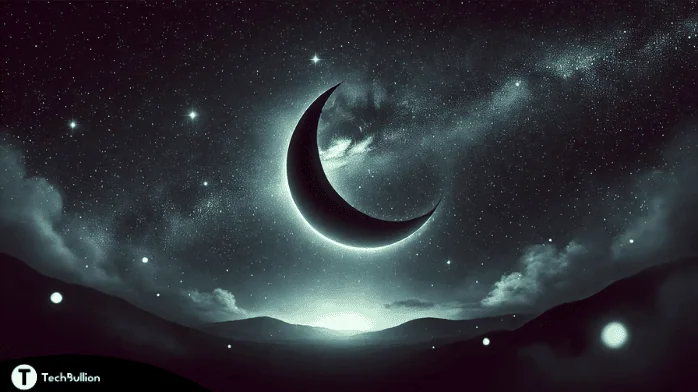What is a Black Moon? Understanding This Rare Lunar Event
What is a Black Moon? A Black Moon is an uncommon and intriguing lunar event that captures the curiosity of astronomers and sky watchers alike. Despite its ominous-sounding name, a Black Moon is a natural occurrence that can be understood with a bit of astronomical knowledge. In this article, we will explore what a Black Moon is, the different types of Black Moons, and why they occur. We will also delve into the cultural significance and myths surrounding this rare lunar event.
Definition of a Black Moon:
A Black Moon is not an official astronomical term, but it is commonly used to describe one of the following scenarios:
- Second New Moon in a Calendar Month: The most widely accepted definition of a Black Moon is when two new moons occur within the same calendar month. This phenomenon is similar to a Blue Moon, which refers to the second full moon in a calendar month.
- Third New Moon in a Season with Four New Moons: Occasionally, a season (three months) can have four new moons instead of the usual three. When this happens, the third new moon is referred to as a Black Moon.
- Absence of a New Moon in February: Since February is the shortest month, it is possible for it to have no new moon at all. When this rare event occurs, the month is considered to have a Black Moon.
How Often Does a Black Moon Occur?
The occurrence of a Black Moon depends on the definition used. Here is a breakdown of the frequency for each type:
- Second New Moon in a Calendar Month: This type of Black Moon typically happens once every 29 months, or about every 2.5 years.
- Third New Moon in a Season with Four New Moons: This type of Black Moon is less common, occurring roughly once every 33 months.
- Absence of a New Moon in February: This is the rarest type of Black Moon, happening approximately once every 19 years.
Why Do Black Moons Occur?
Black Moons occur due to the complex interplay between the lunar cycle and the Gregorian calendar. The lunar cycle, or the period it takes the moon to complete one orbit around the Earth, is about 29.5 days. Because the Gregorian calendar months vary in length (28 to 31 days), the alignment between the lunar cycle and the calendar can lead to the occurrence of a Black Moon.
Cultural Significance and Myths:
Throughout history, the moon has held significant cultural and mythological importance. A Black Moon, with its rare and mysterious nature, has inspired various beliefs and superstitions. In some cultures, a Black Moon is considered a time of powerful energy and transformation. Others may view it as an ominous event, signaling change or upheaval.
However, from a scientific perspective, a Black Moon is simply a natural part of the lunar cycle with no inherent mystical properties.
Observing a Black Moon:
Observing a Black Moon can be a bit of a misnomer, as a new moon is not visible from Earth. During the new moon phase, the moon is positioned between the Earth and the sun, and its illuminated side faces away from us. Therefore, a Black Moon is not something you can see, but rather a noteworthy point in the lunar calendar.
Conclusion:
A Black Moon is a fascinating lunar event that highlights the intricate dance between the moon and our calendar system. Whether it is the second new moon in a month, the third in a season of four, or the absence of a new moon in February, a Black Moon reminds us of the ever-changing and dynamic nature of our universe. While it may hold different meanings in various cultures, scientifically, it is a natural and predictable occurrence that adds to the richness of our celestial observations.




